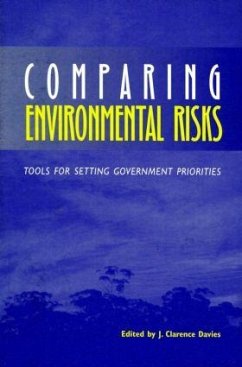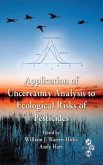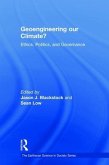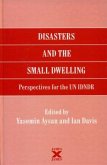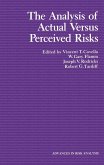The budgetary squeeze occurring at all levels of government in the 1990s has made it obvious that the nation cannot address every existing and prospective environmental problem. Criticism of current programs focuses especially on the low levels of risk posed by many of the problems being subjected to regulation while more important problems may go unaddressed. Comparative risk assessment is increasingly advanced as the appropriate means for setting realistic priorities. Comparing Environmental Risks: Tools for Setting Government Priorities illuminates the increased efforts of the executive branch of the federal government to use risk assessment in its decisionmaking. While the U.S. Environmental Protection Agency pioneered the use of comparative risk assessment (CRA) in its programs and routinely uses risk assessments of individual pollutants, the agency has not made use of CRA throughout the full range of its activities. Nor has any other federal agency. The President's Office of Science and Technology Policy has sought the assistance of Resources for the Future in formulating methods to make broader use of CRA throughout the executive branch. RFF's Center for Risk Management commissioned background papers from leading experts on CRA for presentation at a meeting with federal regulatory officials in February 1994. Comparing Environmental Risks presents the papers of this workshop, revised to include input from the meeting. The book outlines the evolution of CRA and its surrounding controversy, summarizes lessons learned from past efforts at implementation, and identifies new ways for using CRA. Representing the state of the art on programmatic CRA, the methodological analyses andpractical recommendations contained in Comparing Environmental Risks will be invaluable to all public officials and other analysts faced with the challenge of setting environmental priorities. Interested members of the public will also receive insight into an increasingly important public policy tool.

